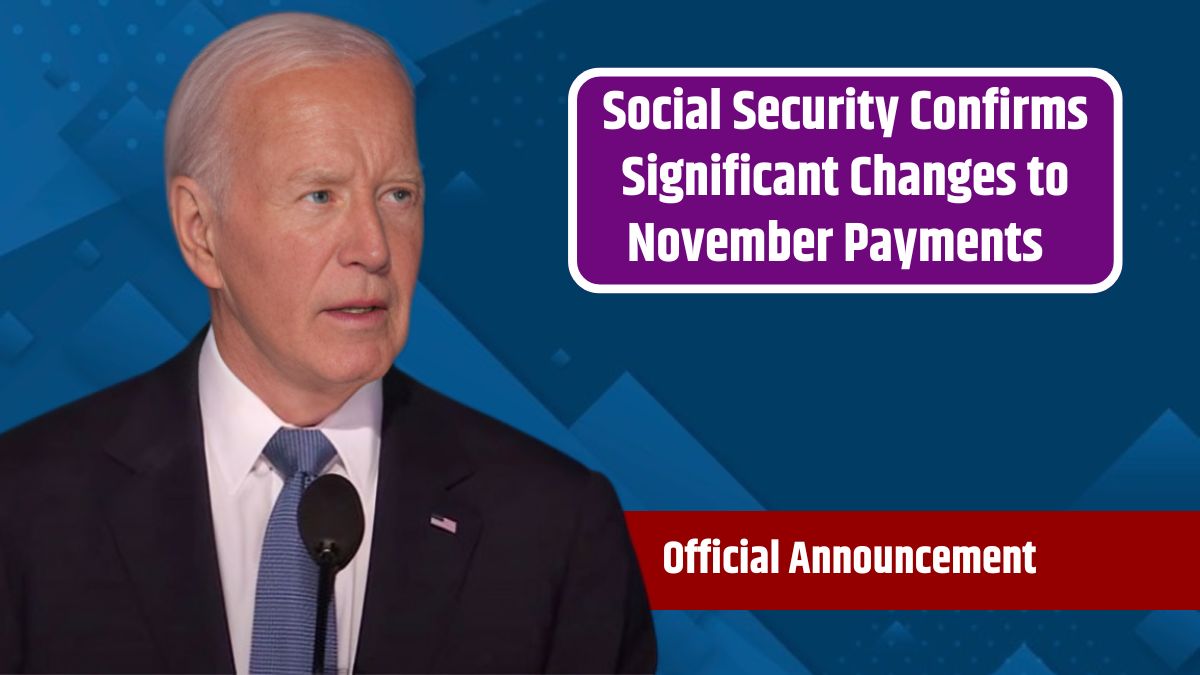The USDA and Food and Nutrition Service frequently update the Supplemental Nutrition Assistance Program (SNAP), also known as the Food Stamps program. These changes aim to ensure recipients get the most from their benefits and adapt to current economic conditions. With inflation impacting the buying power of many Americans, it’s important to know the latest changes that could affect you.
Adjustments
One of the most significant changes to SNAP benefits is the Cost of Living Adjustment (COLA) for 2025. Due to inflation, which reduces the purchasing power of SNAP recipients, the USDA regularly reviews and adjusts benefit amounts. The next increase in benefits for the 48 contiguous states is set to begin on October 1, 2024.
Even with the increase in benefits, not all states will see the same adjustments. For instance, Hawaii will experience a decrease in the maximum benefit amounts for the second consecutive year. In contrast, Alaska, Guam, and the U.S. Virgin Islands will have an increase due to higher inflation rates in those areas.
Below are the new maximum benefit amounts starting from October 1, 2024:
| Household Size | Maximum Amount |
|---|---|
| 1 | $292 |
| 2 | $536 |
| 3 | $768 |
| 4 | $975 |
| 5 | $1,158 |
| 6 | $1,390 |
| 7 | $1,536 |
| 8 | $1,756 |
| Each additional member | $220 |
These adjustments reflect the USDA’s efforts to ensure that SNAP recipients continue to receive adequate support despite rising food costs.
ABAWD Age
Another significant update involves Able-Bodied Adults Without Dependents (ABAWDs). Previously, ABAWDs aged 18 to 52 were subject to specific work requirements to receive SNAP benefits beyond three months in a 36-month period. Now, the age limit has been raised to 54, affecting those aged 53 and 54.
ABAWDs must work or participate in a work training program for at least 20 hours per week (or 80 hours per month) to maintain their benefits. If they fail to meet these requirements, they risk losing their benefits after three months until they comply for 30 days or qualify for an exemption. States can also apply for waivers from these time limits if an area has high unemployment (over 10%) or a lack of available jobs. As of November 2022, California has such a waiver in effect until October 2024.
There are also exemptions to these requirements. If an individual has a child, is pregnant, a veteran, a young adult under 24 who was previously in foster care, or is experiencing homelessness, they may be exempt from these work requirements.
Changes
The recent changes to SNAP benefits largely stem from the end of temporary COVID-19 measures, which included extra monthly benefits and relaxed eligibility criteria. With the end of the federal health emergency, these temporary measures have also concluded, meaning that SNAP households will no longer receive emergency allotments.
Additionally, annual updates to SNAP benefits, deductions, and income limits are based on changes in living costs. In 2024, most states saw an increase in benefits, except for Hawaii, which saw a slight decrease.
Furthermore, changes to the SNAP benefits program are also influenced by other factors, such as the Social Security Administration’s decision to increase benefits by 8.7% in 2023. This increase, which is significant for many households, directly impacts SNAP recipients since Social Security is a key income source for many of them. As a result, the rise in Social Security benefits can reduce the amount of SNAP aid they receive.
Fiscal Responsibility Act
The Fiscal Responsibility Act, signed in June 2023, also plays a crucial role in changing SNAP eligibility. This act raises the age limit for ABAWDs subject to work requirements from 50 to 54 during the years 2023-2024, adding new exemptions to provide more flexibility for those who might struggle to meet these requirements.
Overall, it is essential for SNAP recipients and applicants to stay updated on these changes. By knowing the new guidelines, they can ensure they receive the maximum benefits they are entitled to and avoid losing assistance due to non-compliance.
In conclusion, staying informed about the latest changes to the SNAP program can help you navigate the system more effectively and make the most of your benefits.
FAQs
What is the 2025 COLA increase date?
The 2025 COLA increase starts on October 1, 2024.
Who is affected by the new ABAWD age change?
ABAWDs aged 53 and 54 are now subject to work requirements.
Which states have higher SNAP benefits?
Alaska, Guam, and the U.S. Virgin Islands have higher benefits.
Why did Hawaii’s SNAP benefits decrease?
Hawaii’s benefits decreased due to specific state economic factors.
How can states waive ABAWD time limits?
States can request waivers in areas with high unemployment or few jobs.









